Mirea
Built during #FigBuild25 and showcased ahead of #Config2025, Mirea is a role-aware collaboration toolkit inspired by one quiet superpower: the ability to understand someone before they speak.
Born from a designathon that united students across the U.S., Mirea tackles one of the hardest parts of teamwork—not knowing what to do, but feeling understood while doing it.
The same conversation, the same file, can hold many meanings. One layer, many understandings.
Product Designer
April 2025
Figma
Bryan Pek, Tan Tan Nguyen, Giang, Paige
Backstory
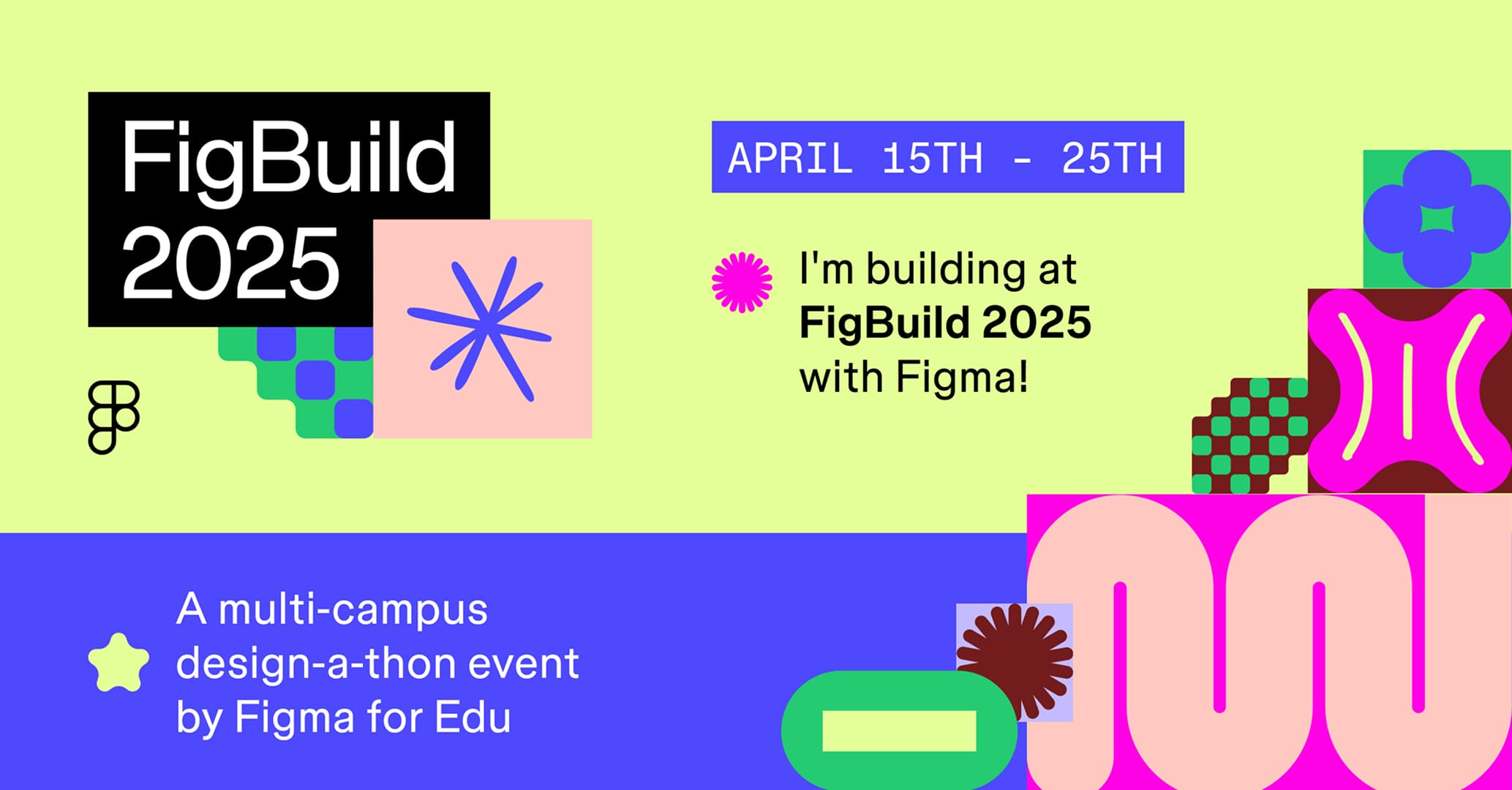
Mirea was created during#FigBuild25, a multi-campus designathon hosted by Figma for Education. The brief? Imagine a superpower to solve a shared frustration—and bring it to life with care, intention, and heart.
We dreamed up Mirea from one simple wish: to feel understood while creating. To catch the rhythm of someone’s thinking, the nuance in their feedback, the unspoken care behind every choice.
What started as strangers with a prompt became a product built on trust, vulnerability, and one shared goal: to make teamwork feel more human.
Why This Matters
We gather with hopes to build and connect.
Yet too often, silent fears keep us from reaching out, afraid our voices might go unheard
We meet and speak, in teams or in networking moments, but in the rush, true understanding slips away before it even begins.
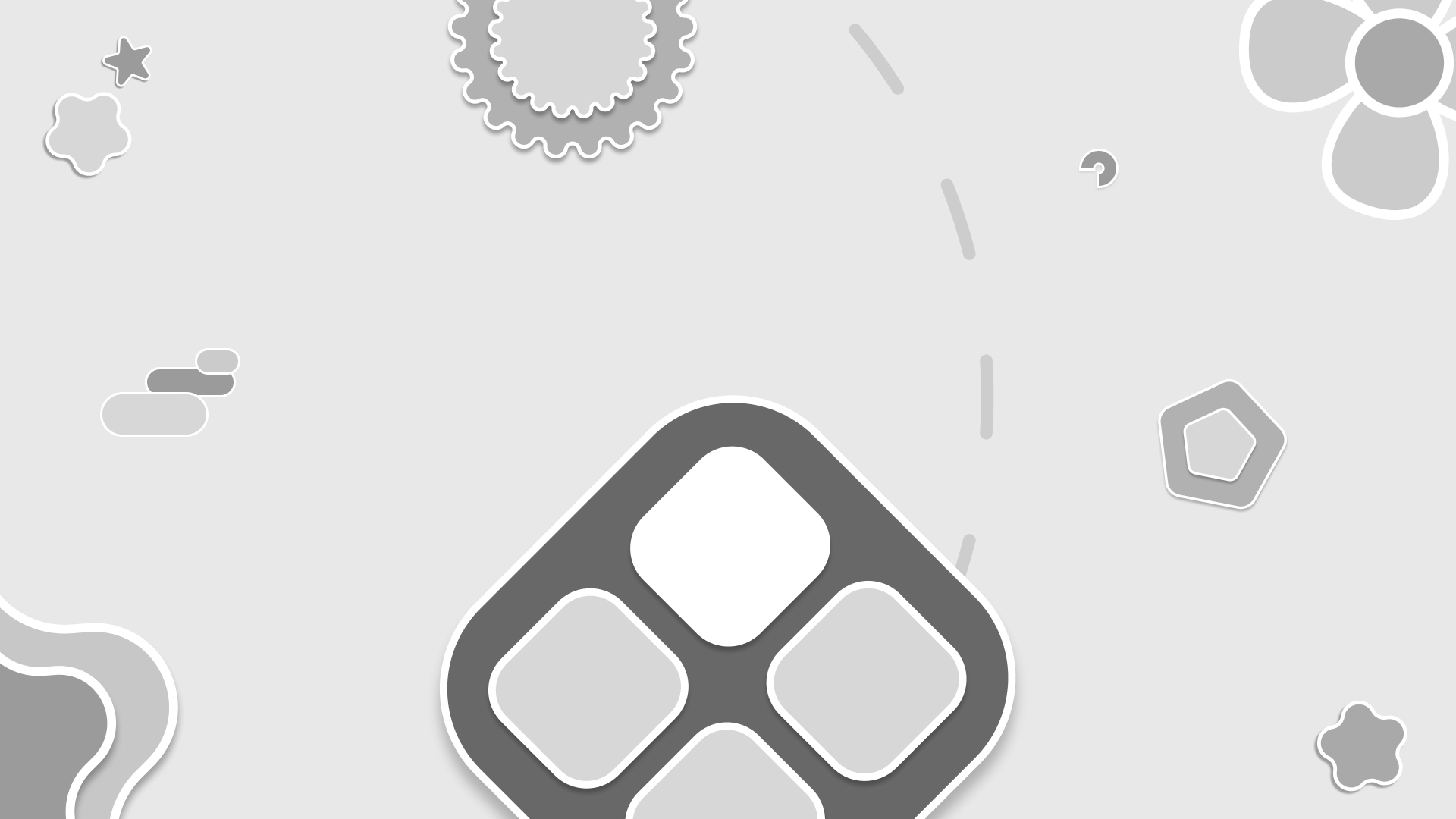
Bring back the feeling of being connected in the workspace. The ease of working in sync, the clarity of knowing where you stand, the quiet confidence that comes when someone just gets you.
By blending the intuition of face-to-face connection with the tools we use every day, we can create more than collaboration. We can create understanding.
The Problem
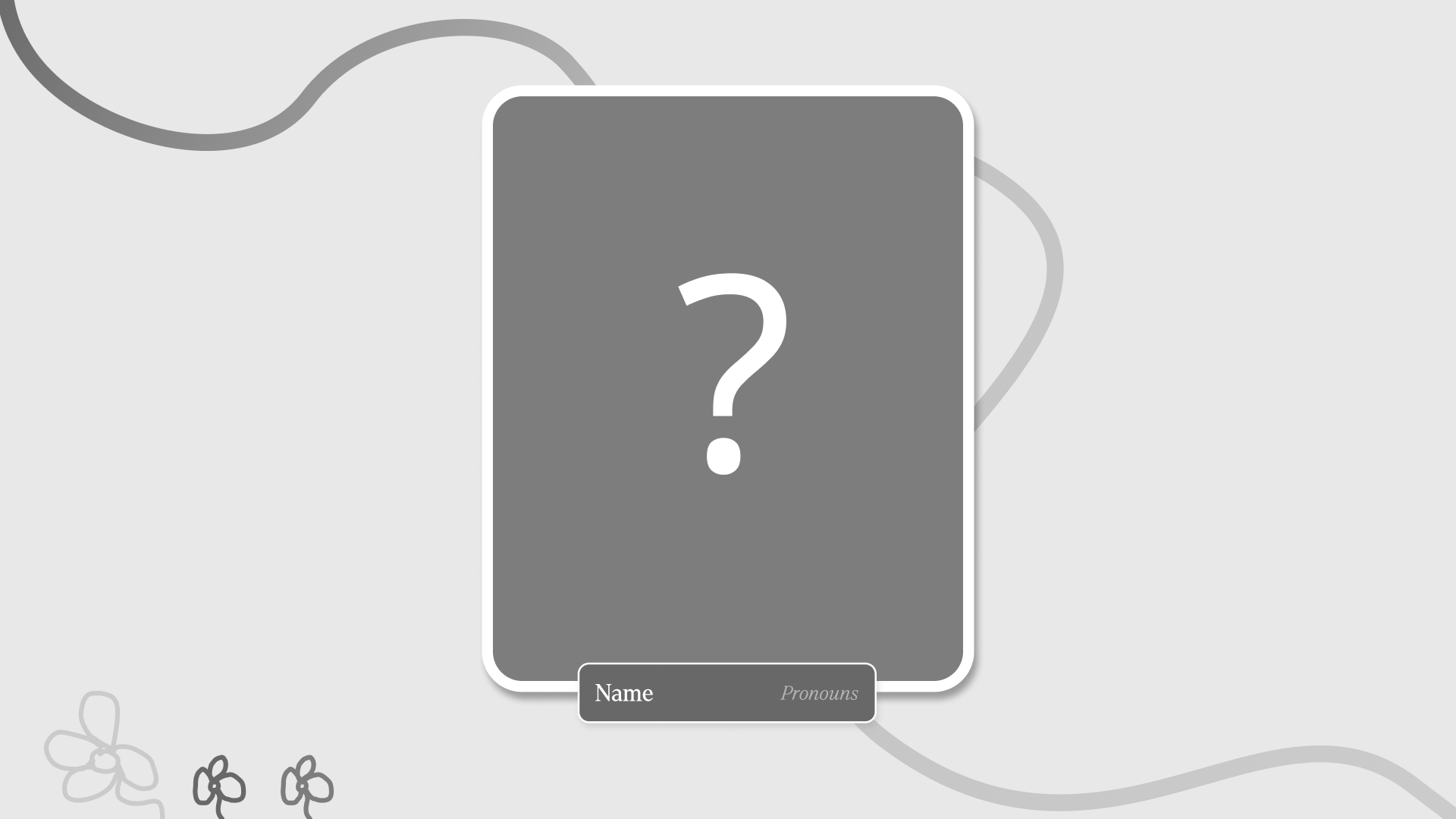
In fast-paced hackathons and designathons, miscommunication is common. Participants come from different backgrounds such as design, development, and product, but often lack tools to understand one another’s intent quickly. As a result, great ideas get lost in translation.
Designed to Feel
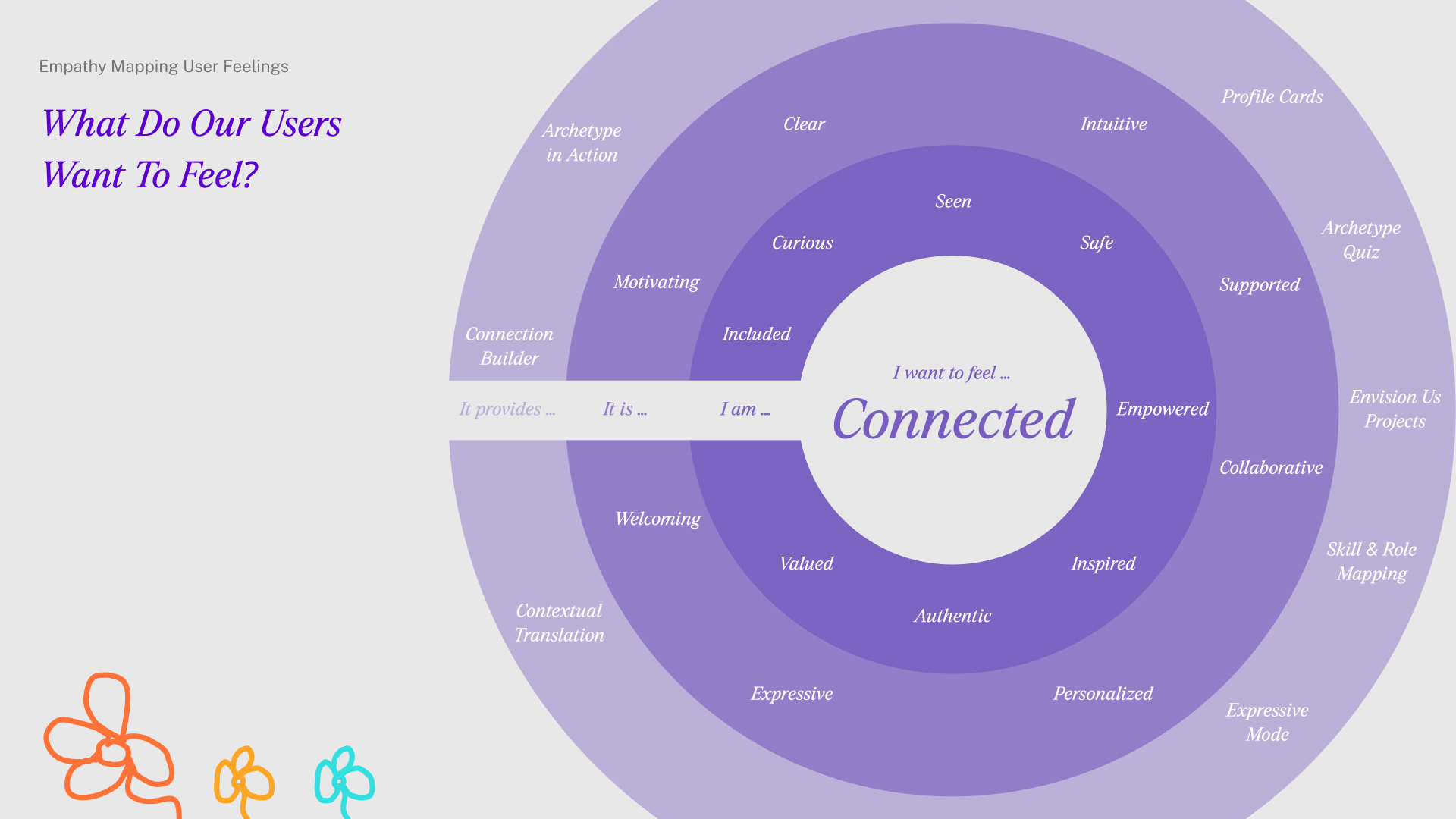
Mirea was never just about syncing files or assigning roles. At its heart, it was about restoring a feeling many teams quietly miss: feeling connected. Not just heard, but understood. Not just included, but empowered.
Every feature mapped back to this emotional core. Profile Cards made people feel seen. Expressive Mode brought clarity. Envision Us projects sparked shared momentum. Together, they turned communication into connection.
We asked ourselves, What do our users want to feel? And we designed for that. The result is a toolkit that doesn’t just translate work. It translates people.
Our Approach
Connecting
Express who you are through your personal card. Imagine how you would collaborate together. Save connections you love into a library—revisit and maybe team up again?
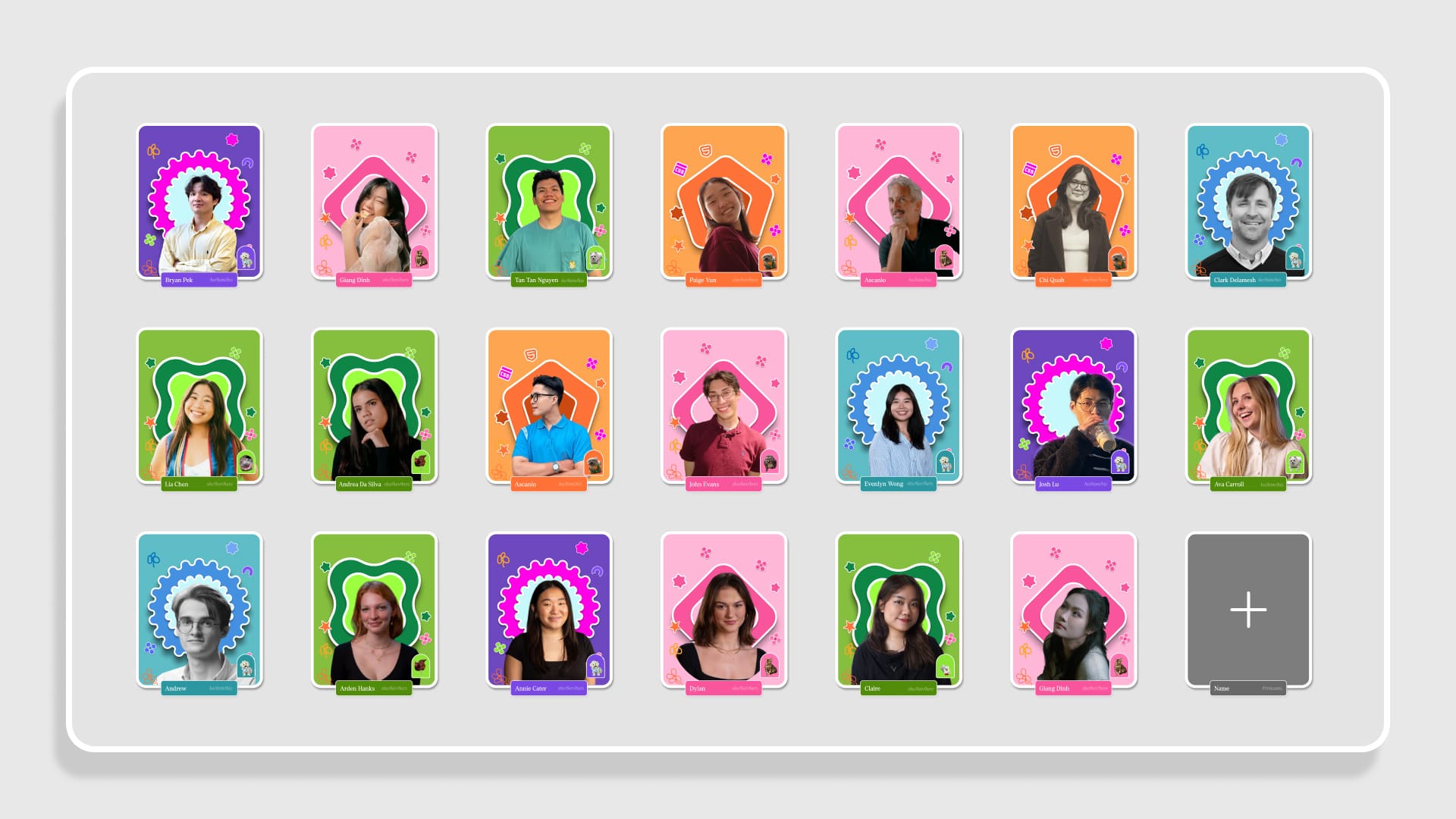
Translating
Translate one’s expertise into yours and vice versa. Mirea embeds that awareness directly into your everyday working tools.
Connecting
Translating
Real-World Constraints
In the end, we’re all human, without superpowers to rely on. That’s why we designed Mirea with real-world constraints and emotional needs in mind: to support you in the moments that matter, both on and off screen.
Usability
Mirea’s main experience is mobile-first—because collaboration often happens on the go. The Connecting features are designed to work via phone so you can spark meaningful moments in real time.
The Translating feature, however, is used more during live collaboration—so we embedded it directly into daily work tools to keep the flow seamless and unobtrusive.
Technical Considerations
- Frontend: SwiftUI or UIKit for a smooth iOS-native experience
- Backend: Node.js or Python Flask/FastAPI for real-time data sync and flexibility
- Translator: GPT-based models tuned for tone and role using OpenAI API or Hugging Face
What We Learned
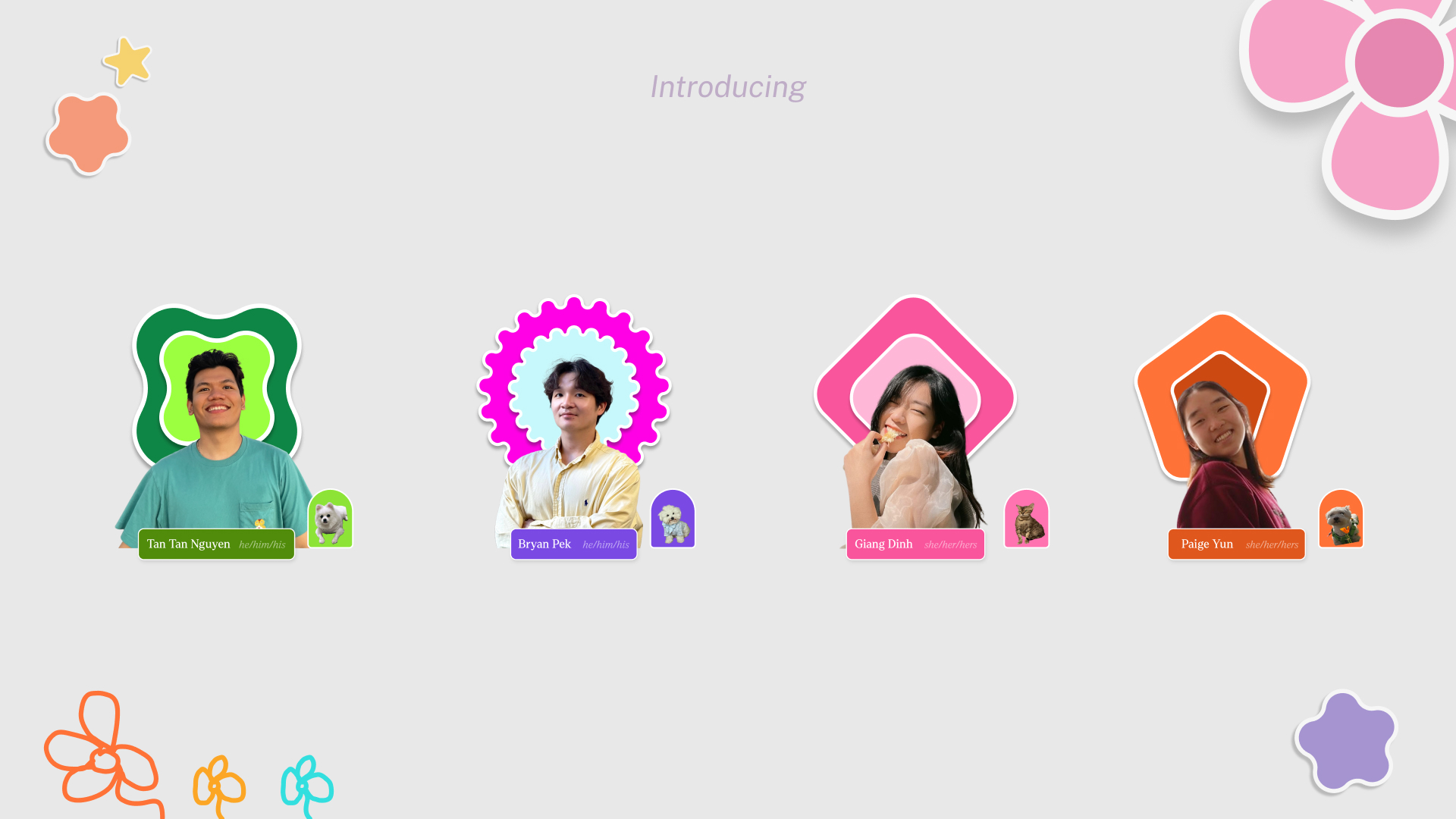
Mirea was born from the chaos of design sprints. We realized that most tools weren’t made for real-time, cross-discipline collaboration. With Mirea, we explored what it means to truly see how someone thinks—and respond in kind.
We didn’t just build tools to collaborate. We built ways to be seen, heard, and understood.


